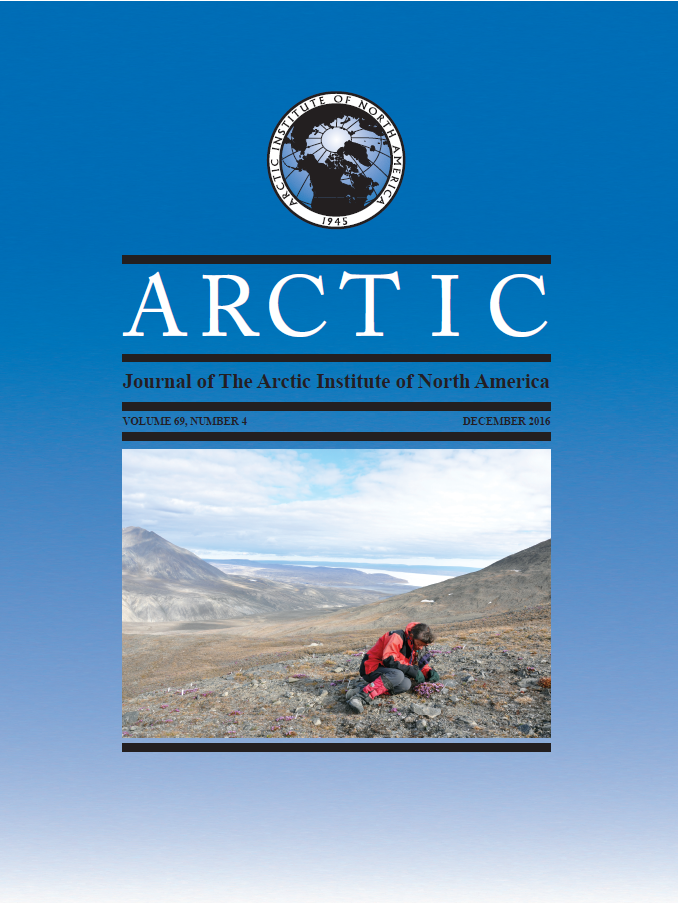Inuit Methods of Identifying Polar Bear Characteristics: Potential for Inuit Inclusion in Polar Bear Surveys + Supplementary Appendix Tables S1 to S5 (See Article Tools)
DOI :
https://doi.org/10.14430/arctic4605Mots-clés :
Inuit, ours polaire, connaissances traditionnelles, entretien, chasseur, aîné, Nunavut, recherche, gestionRésumé
En raison de leur grande proximité des ours polaires et de leurs interactions fréquentes avec ceux-ci, les chasseurs inuits prennent connaissance de changements qui s’opèrent sur le plan de l’écologie et des caractéristiques de la population d’ours polaires. Cette précieuse information pourrait jouer un rôle dans n’importe quel programme de recherche ou de surveillance d’ours polaires. Le fait de comprendre comment les Inuits recueillent des renseignements de nature écologique sur les ours polaires et comment ces connaissances sont moulées par les expériences de chacun pourrait permettre de surmonter les obstacles en matière d’inclusion des Inuits aux travaux de surveillance et de gestion des ours. À la lumière d’entretiens réalisés dans quatre collectivités du Nunavut, nous faisons état des expériences de chasse des Inuits ainsi que de leurs méthodes de détermination du sexe, de l’âge, de la taille et de l’état de santé des ours polaires. Dans les collectivités visées, les Inuits se servent de techniques communes pour déterminer et distinguer les caractéristiques des ours. Ces techniques recouvrent les méthodes scientifiques en partie, ce qui suggère que les Inuits pourraient fournir de l’information immédiate et à bon marché aux programmes de recherche sur les ours polaires. Les préférences de chasse sont façonnées par les expériences de chacun avec les ours polaires (par le biais de la chasse ou de rencontres) de même que par la familiarisation avec les travaux de recherche et de gestion des ours polaires. Il y aura lieu de déterminer les perspectives communautaires et de les intégrer aux travaux de gestion pour maintenir le soutien local envers les programmes qui ont des incidences sur la persistance et la formation des connaissances des Inuits.


